Articles
Global Logistics

Tariff-ied of Your Supply Chain?
High uncertainty surrounding tariffs in the United States has introduced significant challenges to businesses, making supply chain management a daunting task for any company. These tariffs have increased costs for imported goods and materials, squeezing profit margins and driving up consumer prices.
Read More
Q4 Logistics Predictions; The Lowdown on Parcel Spend; Rural America’s Manufacturing Moment & Other Supply Chain News
Logistics and supply chain news and insights shaping the future of global logistics.
Read More
New U.S. Tariffs on Heavy Trucks and Pharmaceuticals Test Global Supply Chains
The latest U.S. tariff package targets imported heavy trucks and branded drugs, creating new challenges—and potential opportunities—for manufacturers, fleets, and global supply chains.
Read More
Building a Future-Proof Supply Chain
For business leaders and supply chain professionals, tariffs—and their impact on the cost, availability, and sourcing of critical parts and raw materials—are top of mind. In addition to tariffs, companies have faced persistent risks and disruptions since the pandemic five years ago. The “new normal” is a business environment defined by variability and complexity, affecting nearly every industry.
Read More
9 Best Practices for Global Logistics Management
In a climate of uncertainty and disruption, companies that prioritize visibility, sophisticated tech, empowered teams, and trusted collaboration are building more resilient, responsive global supply chains.
Read More
Taiwan Expo USA 2025: Elevating Innovation, Culture, and U.S.-Taiwan Partnership
Nation’s Largest Taiwan Expo is Free and Open to the Public
Read More
State of Logistics Report; The Latest Data on Cross-Border Trade; Spotlight on Autonomous Supply Chains & other Logistics News
News, trends, and insights on the latest in global logistics and supply chain management.
Read More
Fashion in Flux: How Apparel Brands Are Battling Tariffs, Demand Dips, and Supply Chain Snarls
Leading brands like Gap Inc., Lululemon, and American Eagle prepare for trade uncertainty.
Read More
How Businesses Can Adapt and Thrive in a New Tariff Era
Tariff-driven turbulence creates an opportunity to rethink, retool, and reinforce logistics operations. Rather than viewing tariffs as an uncontrollable threat, you can use them as a catalyst for digital transformation.
Read More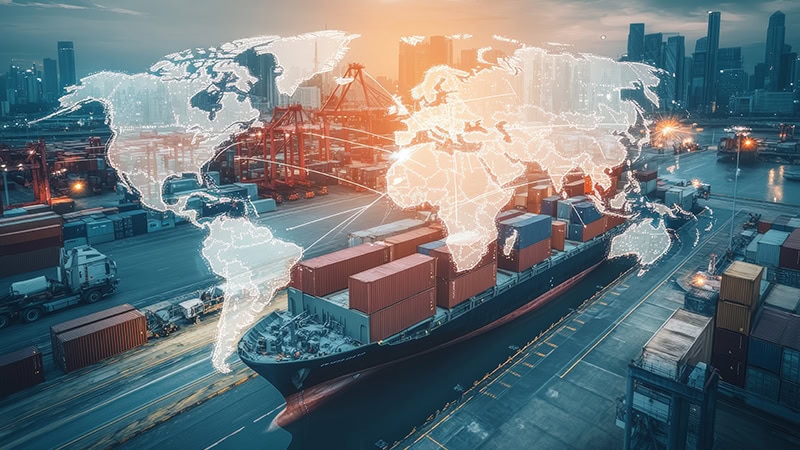
Global Supply Chain: What It Is, Importance, and Challenges
Studying the global supply chain reveals how products move from raw materials to finished goods across multiple countries. It connects manufacturing operations, distribution, and customer demand in a vast worldwide system. Many global supply chains involve complex steps and working relationships with foreign suppliers to meet the needs of international customers. Breaking down how global […]
Read More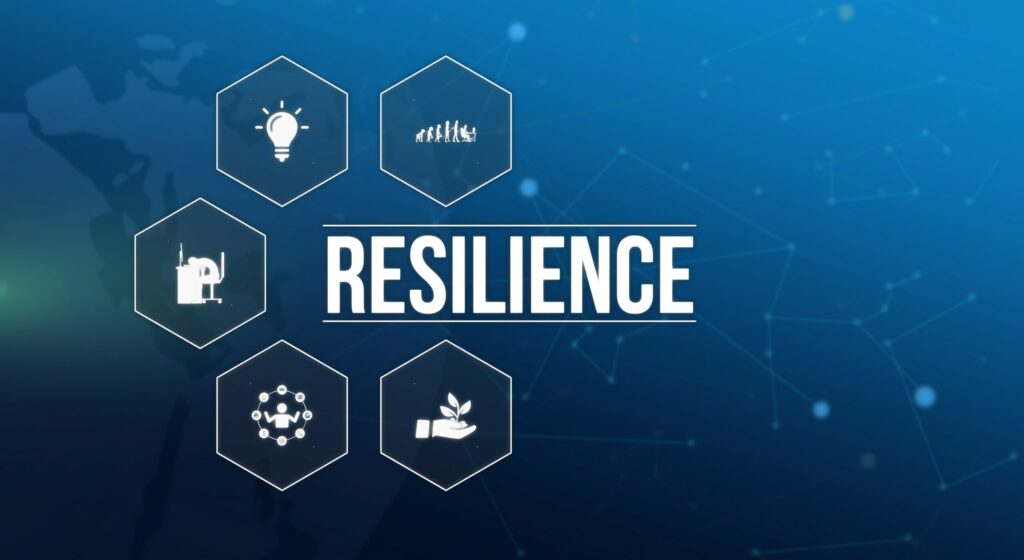
Beyond Reshoring to Regionalization
Recent and ongoing tariff discussions have some supply chain leaders rethinking their global supply strategy. While this has led many manufacturers to consider reshoring, an alternate strategy is growing around regionalization and rightshoring.
Read More
Will More U.S. Companies Turn to Nearshoring to Diversify Supply Chains in the Next Five Years?
Nearshoring will accelerate as companies respond to climate risks, economic uncertainty, and shifting trade policies. Tariffs and global disruptions are pushing businesses to reassess supply chains for greater resilience and efficiency. In today’s fast-moving environment, nearshoring strikes the right balance between speed, risk mitigation, and cost. –Mita Gupta Executive Vice President and Global Business Unit […]
Read More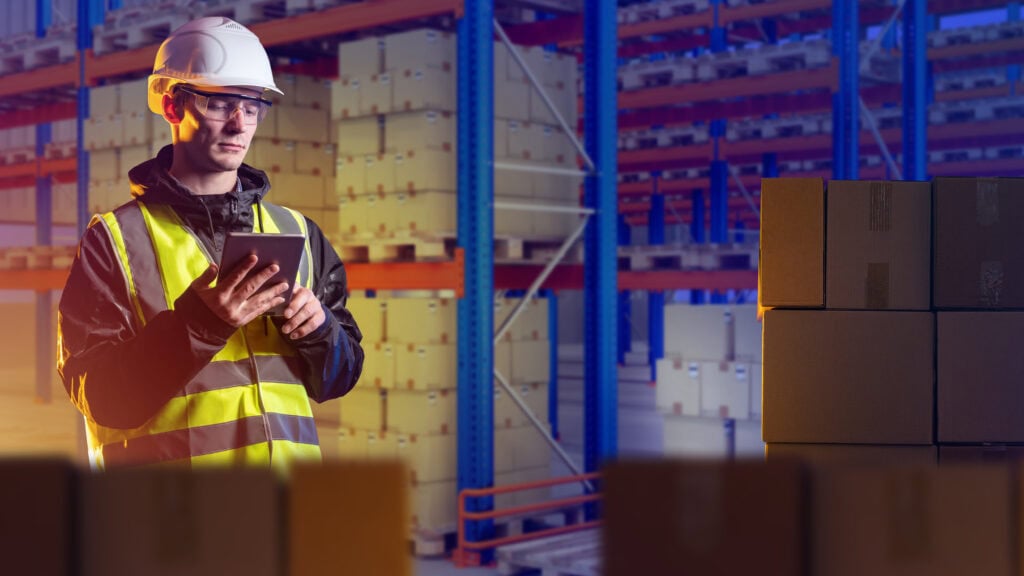
What Is a Bonded Warehouse? Why It Matters More Than Ever in Global Logistics
Whether you’re expanding to new markets, trying to manage costs, or simply looking to strengthen your logistics strategy, bonded warehousing deserves a closer look.
Read More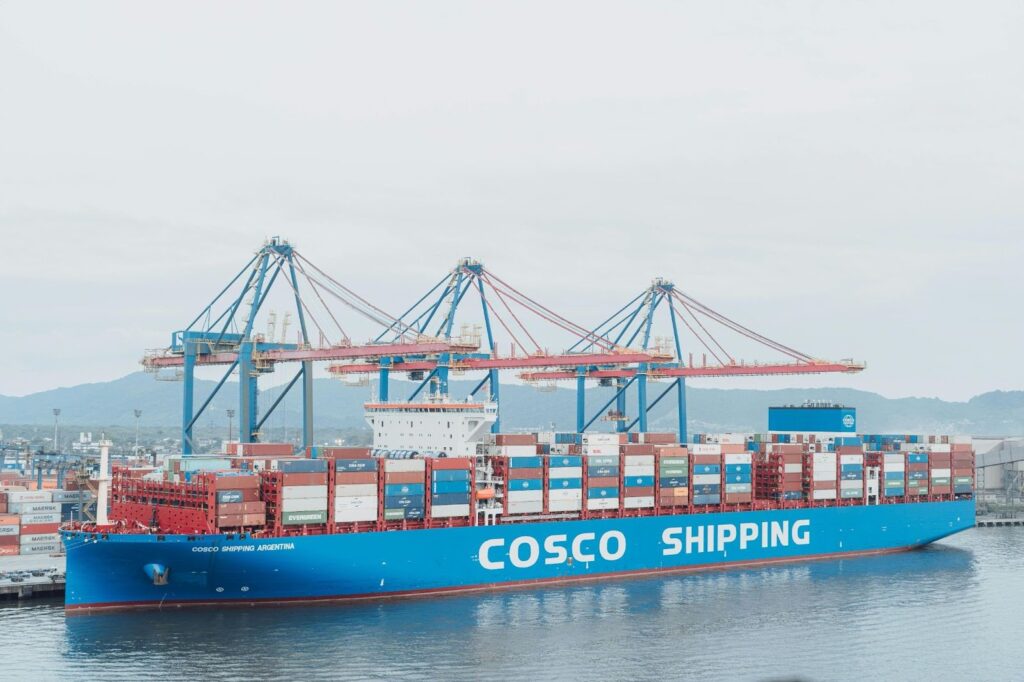
Consignee vs. Consignor: Their Key Shipping Differences
In every freight shipment, two key roles drive the process: consignor and consignee. Without them, no shipment would reach its final destination, and no freight carrier could move cargo efficiently. A consignor is the party sending the goods. Ownership of the goods remains with the consignor until payment is made. The consignee does not own […]
Read More
Navigating Tariff Shifts: How U.S. Foreign-Trade Zones Help Supply Chains Stay Resilient
As global trade faces uncertainty amid shifting tariffs, economic nationalism, and ongoing geopolitical friction, U.S. businesses are increasingly turning to Foreign-Trade Zones (FTZs) as a powerful tool to remain competitive. The U.S. is home to more than 230 approved FTZ projects and nearly 400 subzones, collectively supporting 600+ warehouses across the country. These special zones […]
Read More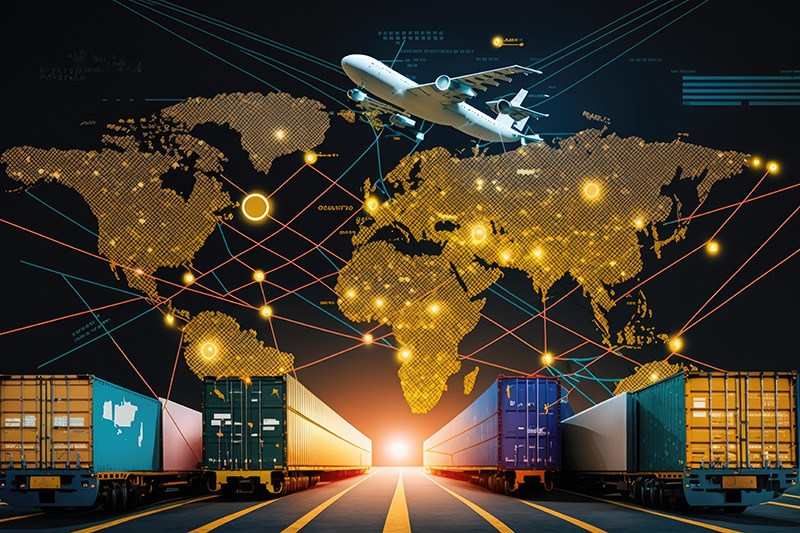
The Tariff Tangle: How New Trade Barriers Are Reshaping Global Business
Importers are understandably concerned about what tariffs mean for their business, and the bottom line is that the levies will certainly change their business—for better or worse.
Read More
Tariffs Can Drag Down Your Supply Chain, Unless You’re Prepared
With the United States implementing at least some new tariffs on goods from a number of important export countries, attention across the logistics world is turning, once again, to developing resilient supply chains.
Read More
Harmonizing Logistics In India
As more companies look to diversify their supply chains, India’s abundant labor and expanding domestic market strikes the right chord. Yet, navigating its complexities requires a well-orchestrated strategy. Success comes from trusted partnerships and clear, coordinated planning.
Read More
Tariffs Shake Up Global Supply Chains: What Businesses Can Do Next
Trump’s “Liberation Day” tariffs represent a system shock that will lead to long-term change. Here’s how to start preparing:
Read More
Global Supply Chain Strategies: Certain Uncertainty
Global trade faces mounting uncertainties, from shifting geopolitical tensions to the ever-present risk of natural disasters. To stay resilient, organizations must cultivate leaders with geopolitical expertise, enhance supply chain redundancy, and leverage technology for faster, data-driven decision-making in an unpredictable landscape.
Read More